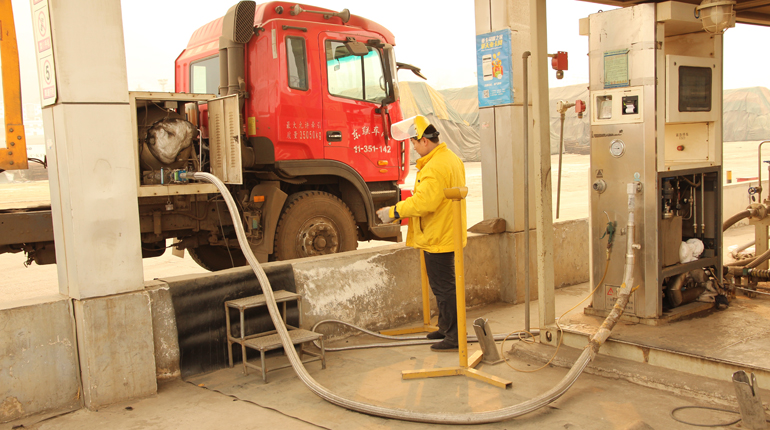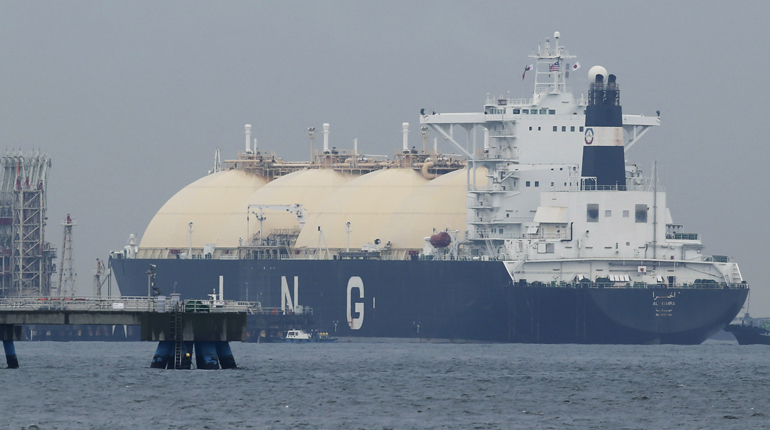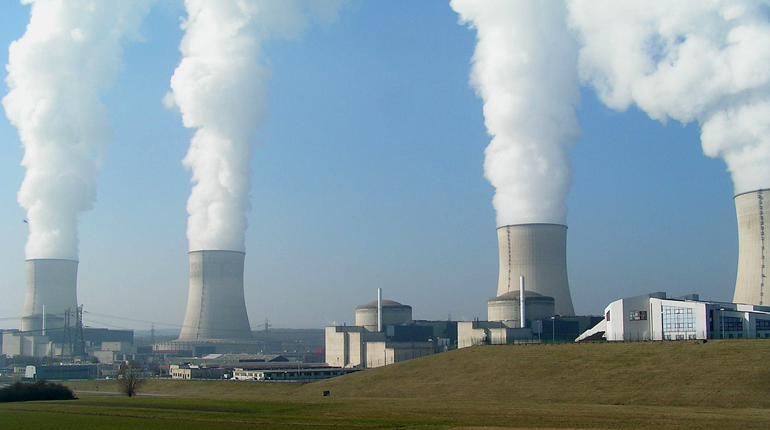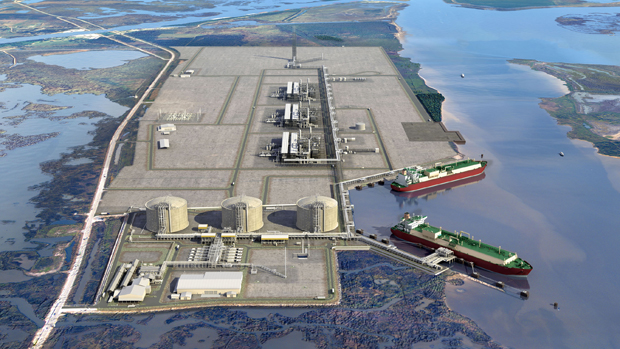 An LNG filling station in Jiangsu, China. A change in government policy is helping gas as a vehicle fuel. (Interfax)
An LNG filling station in Jiangsu, China. A change in government policy is helping gas as a vehicle fuel. (Interfax)
China’s appetite for gas – which dropped last year because of high fuel prices – appears to be rebounding strongly after November’s deep price cut, but analysts say a shaky economic outlook could limit growth.
Chinese gas consumption was up by 44% on an annual basis in December 2015, followed increases of 18% in January and 19% in February 2016, according to official figures. The last time demand expanded by double digits in three consecutive months was June-August 2014.
“We visited several downstream gas distributors from November to February, and it seems the situation started improving when 2015 ended with a cold winter,” Han Qiming, a senior analyst with Shanghai-based Shenyin and Wanguo Securities, said in a conference in Nanjing in March.
The cold spell came shortly after China’s economic planning agency the National Development and Reform Commission (NDRC) cut non-residential prices by an average of 28% across the country. Both factors helped drive gas demand growth, with consumption surging in several regions. The two main gas distributors in the northwestern province of Shaanxi and the southwestern municipality of Chongqing saw double-digit growth in demand this winter, said Han.
Local distributor Shaanxi Gas supplied 28 million cubic metres (MMcm) of gas on 24 January – an increase of 20% from a year ago, according to local media.
Chongqing’s supply rose by 14% year on year in January, to 730 MMcm, the municipality’s government said in February. Industrial demand rose by 18%, to 380 MMcm, while demand from households was up by 11%, to 290 MMcm. Demand in the form of CNG rose by 3.5%, to 60 MMcm.
Lower prices have encouraged users to switch from coal to gas, a senior executive with ENN Energy Holdings said last week. The gas distributor – one of China’s largest – saw its gas sales rise by more than 15% year on year in January and February. ENN expects its sales to grow by 15% in 2016 as a whole compared with an 11.5% increase, to 11.3 billion cubic metres, in 2015.
But an economic slowdown partly caused by China’s economic restructuring and elimination of outdated capacity will restrict gas demand from factories. “In 2016, the government’s emphasis on curbing overcapacity in heavy industry combined with the slowdown in the real estate sector is likely to dampen demand from industrial users,” Energy Aspects said in a note last week.
The price cut has significantly improved conditions for a number of downstream industries. Gas-fired power is now profitable in some provinces, according to Han. Shanxi Provincial Guoxin Energy Development, the largest gas distributor in central China’s Shanxi province, made a profit of RMB 16 million ($2.46 million) in 2015 from its three gas power stations, said Han.
The three plants, which have a combined capacity of 1.88 GW, are now paying a reduced tariff of RMB 2 per cubic metre ($8.40/MMBtu) for gas, saving them around RMB 0.7 per KWh of electricity produced.
Gas-fired distributed generation projects are also enjoying more government support. “Local authorities prefer the projects and have issued several policy incentives,” said Han.
He noted a local government in Zhejiang province negotiated a preferential gas tariff of RMB 2.5/cm for the owner of a distributed generation project, while industrial users in Zhejiang pay RMB 3.5/cm.
Price drop
Zhejiang’s sole gas supplier lowered feedstock prices for gas power plants from RMB 3.08/cm to RMB 2.41/cm on 20 November, reducing fuel bills. On the same day, Zhejiang’s price bureau cut on-grid power tariffs for gas power plants by RMB 0.13/KWh to pass the discount on to electricity buyers.
The price cut is also helping revive interest in gas as a transport fuel, which has stalled as a result of the collapse in crude oil prices over the past 18 months.
“The average price of LNG is 20% cheaper than diesel once the price cut has been passed through the end-user market,” said Sublime China Information analyst Zhang Lin. “It takes 2.2 years to recoup the investment on refurbishing a diesel heavy-duty truck to run on LNG. That sounds reasonably good, as a retrofitted LNG truck will have five years before it’s scrapped.”
“Crude oil prices are unlikely to return to $40 per barrel in the short term,” said Zhang. “The heating season has now passed and LNG prices are low. The cleaner fuel’s price advantage will persist, which is good news for LNG vehicles.”
LNG as a vehicle fuel is benefiting from a change in the NDRC’s policy in January. The body decided not to lower petrol and diesel prices if international oil prices fall below $40/bbl.
Zhang forecast that LNG prices in China will average RMB 2,938 per ton ($8.7/MMBtu) in 2016, down by 25% from RMB 3,923/t in 2015. Market prices for LNG averaged RMB 3,052/t between 11-20 March, according to the National Bureau of Statistics. LNG use will hit 12.7 mt this year, up by 16.9% from 2015, Zhang said.
“The NDRC’s price cut wasn’t completely passed through to the downstream market this heating season. LNG prices in some northern regions even increased due to tight supply in January,” said Han, noting that the full impact of the discount would be felt by the end of July.








Talk to us
Natural Gas Daily welcomes your comments. Email us at [email protected].